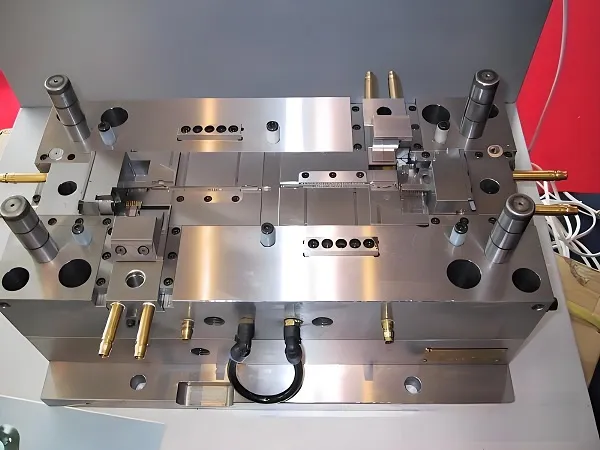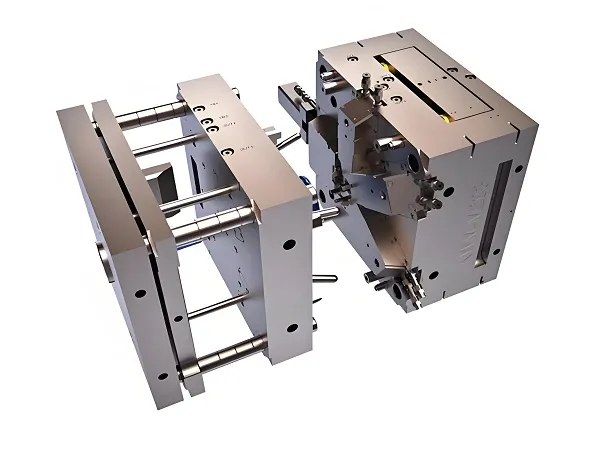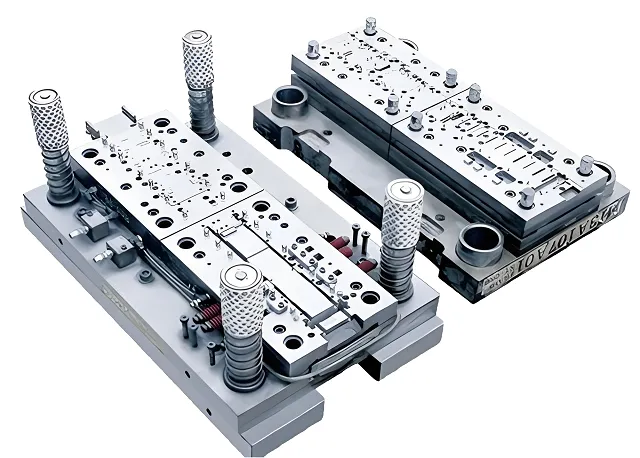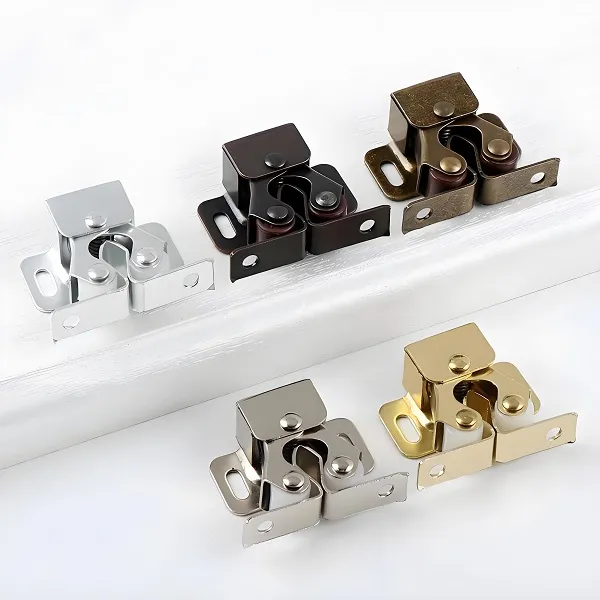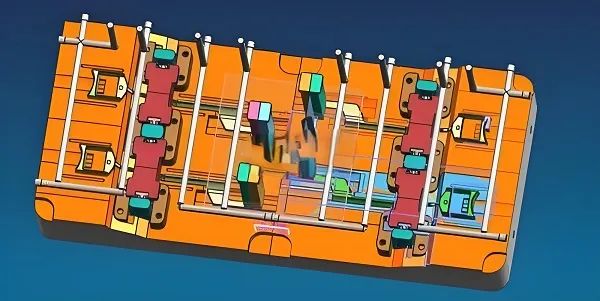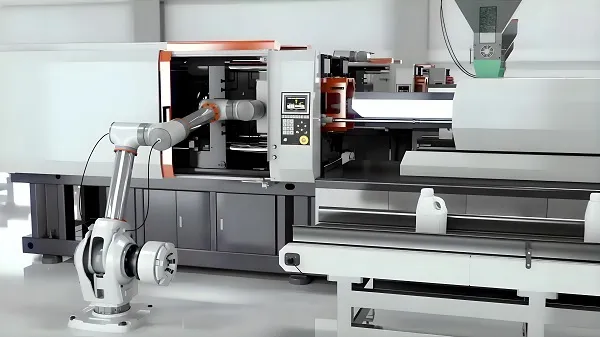Ceramic injection molding is an advanced molding technology that mixes ceramic powder with an organic binder to make complex shaped ceramic parts through an injection molding process. This technology combines the high performance of ceramic materials with the high efficiency of injection molding, providing a new solution for manufacturing high-precision, complex-structured ceramic parts.
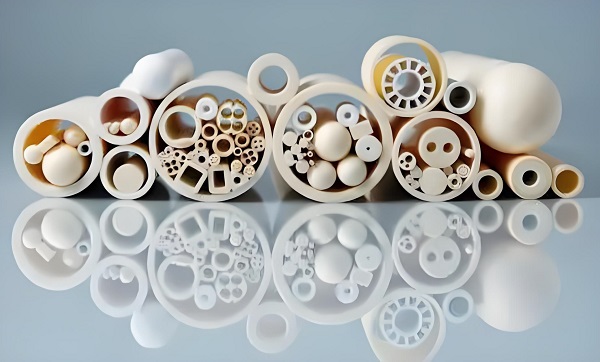
1. Ceramic injection molding product production process
Raw material preparation: Mix ceramic powder with organic binder in a certain proportion to form ceramic slurry for injection molding.
Injection molding: ceramic slurry into the mold, through the injection molding machine pressure and temperature control, so that the slurry in the mold curing molding.
Demolding and post-processing: After the ceramic parts are cooled and cured in the mold, the demolding operation is carried out. Subsequently, post-processing steps such as cleaning, drying, and sintering are performed to remove organic binders and enhance the strength and hardness of the ceramic parts.
2. Ceramic injection molding product customization
Design customization: according to customer needs, provide personalized ceramic parts design services. Including shape, size, structure and other aspects of customization.
Material selection: According to the use of the environment and performance requirements, select the appropriate ceramic materials. Such as alumina ceramics, silicon nitride ceramics, zirconia ceramics and so on.
Process optimization: according to the complexity and performance requirements of ceramic parts, optimize the injection molding process parameters to ensure product quality and production efficiency.
Quality control: Strict quality inspection and control of customized ceramic parts to ensure that the products meet customer requirements.
3.Introduction of ceramic injection molding product materials
Material:
Aluminum oxide ceramics
Silicon Nitride Ceramics
Zirconia ceramics
Silicon carbide ceramics
Characteristics:
High hardness: ceramic materials have very high hardness and can resist abrasion and scratches.
High abrasion resistance: ceramic parts are able to maintain a better shape and performance during use, prolonging the service life.
High temperature resistance: ceramic materials can withstand high temperature environments and are not easily deformed or melted.
Good chemical stability: ceramic materials have high resistance to acid and alkali and other chemical substances, not easy to chemical reaction.
4. Ceramic injection molding product characteristics of different materials
Alumina ceramic parts:
● With high hardness, high wear resistance and good electrical insulation properties, commonly used in molds, cutting tools and other industrial parts.
Silicon nitride ceramic parts:
●With higher temperature resistance and high strength, suitable for high-speed cutting tools, deep hole drills and other precision equipment parts.
●Can withstand vacuum temperatures up to 2000°C.
Zirconia ceramic parts:
●High hardness, high toughness, high abrasion resistance and high corrosion resistance, commonly used in pneumatic, hydraulic, oil pressure parts and medical equipment.
● Hardness close to diamond, high corrosion resistance, suitable for high temperature and high pressure environment.
Silicon carbide ceramic parts:
●With extremely high strength, hardness and high temperature stability, it can be used for high-speed cutting tools, high temperature chemical reaction devices, etc..
●Have extremely high strength and hardness, suitable for extreme high temperature and high pressure environments.
Custom Ceramic Injection Molding Service FAQ
Q1: How accurate are ceramic injection molded parts?
A1: Ceramic injection molding technology is capable of high-precision molding, and the parts have high dimensional and shape accuracy to meet the requirements of precision manufacturing.
Q2: How about the wear resistance of ceramic injection molded parts?
A2: Ceramic materials have high abrasion resistance, and injection-molded ceramic parts are able to maintain good shape and performance in the process of use, extending service life.
Q3: Can ceramic injection molded parts withstand high temperature environment?
A3:Ceramic materials can withstand high temperature environment, different types of ceramic materials have different high temperature resistance, according to the use of demand to choose the right material.
Q4:How long is the customization cycle for ceramic injection molded parts?
A4:The customization cycle depends on factors such as design complexity, material selection and production process, etc. The specific cycle needs to be determined after communicating with customers.
Q5:How is the price of ceramic injection molded parts calculated?
A5:Price calculation is usually based on a combination of material costs, processing costs, design costs and other factors, the specific price needs to be determined after communication with the customer.
Through the above introduction, we believe you have a better understanding of custom ceramic injection molding service. If you have any questions or needs, please feel free to contact us.

